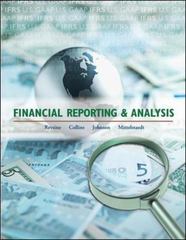Question
t is important to remember that increases in demand are often due to new populations making the demand and not increased demand on the part
t is important to remember that increases in demand are often due to new populations making the demand and not increased demand on the part of the existing population. There may be an inelastic demand for narcotic drugs; however, the demand for specific drugs will change making their demand elastic. Look at the use of heroin and its increase. This has occurred as the price of other drugs, such as the cost per pill on the street for oxycodone, has increased. It is as high as $80 per pill in some areas. However, a bag of heroin sells for $10 on the same streets. The fact that the price of the heroin stays relatively constant indicates elastic demand and that an increase in price would decrease the demand.
Another indicator for the elasticity is the percent of the population that uses a particular item. Elasticity is measured in the aggregate. If the product is elastic to the larger percentage then the elasticity will be elastic. It may be inelastic to the part of the population that purchases the item, but the overall elasticity may be over 1. Do you have a tangible elasticity on illegal drugs to show whether they are elastic or inelastic in the aggregate or is the decision bade based on the population that uses the drugs?
Step by Step Solution
There are 3 Steps involved in it
Step: 1

Get Instant Access to Expert-Tailored Solutions
See step-by-step solutions with expert insights and AI powered tools for academic success
Step: 2

Step: 3

Ace Your Homework with AI
Get the answers you need in no time with our AI-driven, step-by-step assistance
Get Started


